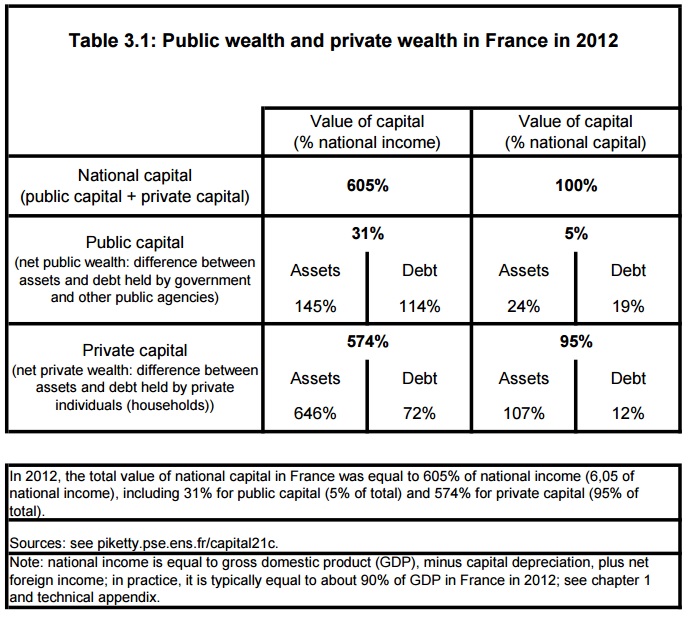Chapter 2, titled “Growth: Illusions and Realities,” consists of 3 parts:
– Part 1 defines economic growth, and looks at the “very long run” – literally the past couple of thousand years. It ends with an intriguing question about what effect growth has on inequality.
– Part 2 looks at the past couple of centuries, looking at per capita productivity growth by sector, and what it implies, and asks if rapid economic growth is coming to an end.
– Part 3 looks at other aspects of growth, and focuses on the 20th Century as a possible anomaly.
Parts 2 and 3 will show up in 2 weeks or so.
Growth rates can be measured an terms of total output, population, and output per capita. Or, if you wish, size of the economy, number of people, and people’s incomes respectively. One good equation to keep in mind is that, measured as percentages:
(output per capita growth) + (population growth) = (total output growth)
(You can do algebra to solve for any one of these three variables. For example, total growth – pop. growth = output per capita growth)
Chapter 2 starts off by pointing out that both population and income per capita growth between year zero and 1700 AD was, on average, extremely close to zero. (Thomas Malthus estimated 0.06% population growth and 0.02% per capita output growth.)
The reason is quite simple: higher growth rates would imply, implausibly, that the world’s population at the beginning of the Common Era was miniscule, or else that the standard of living was very substantially below commonly accepted levels of subsistence. For the same reason, growth in the centuries to come is likely to return to very low levels, at least insofar as the demographic ( = population ) component is concerned. (page 74)
Continue reading →
 In the late 18th through the mid-19th Centuries, what distinguished the United States economically from the European powers was the prominence of human slavery.
In the late 18th through the mid-19th Centuries, what distinguished the United States economically from the European powers was the prominence of human slavery.







